Eddie Van Halen
Main Band
Van Halen
Main Guitar
Frankenstrat
#1 SONG
Ain’t Talking About Love
THE SOLO
Beat It
THE RIFF
Hot for Teacher
| Birth Name | Edward Lodewijk Van Halen |
| Birth Place | Nijmegen, Netherlands |
| Nationality | American |
| Age | 65 (Born: January 26, 1955 - Died: October 6, 2020) |
| Years Playing | 54 (started playing 1966) |
| Bands |
|
| Genres | Alternative Rock, Hard Rock, Heavy Metal, Pop, Rock, Thrash Metal |
| Influences |
|
| Collaborations |
|
| Net Worth | US$ 100,000,000 |
Share & Salute The Legend
Eddie Van Halen Biography
Career Highlights
“Hey, if people want a role model, they should look up to my father.” – Eddie Van Halen
In the late 70s, one man came along and completely reinvented what the electric guitar could do at the tender age of 22, his name would go down in musical history, Eddie Van Halen.
In terms of ability, influence, technique, and legacy very few guitarists come close to Eddie. Not only was he a technician of the highest caliber, but he could also write fantastic, catchy songs that would be the soundtrack for a generation. And all this with a massive smile almost permanently on his face.
Star is born
Edward Lodewijk Van Halen was born in Nijmegen in the Netherlands, close to the German border, on January 26, 1955. His father was a Dutch native, and a professional jazz pianist, saxophonist, and clarinetist, while his mother was born in Indonesia, with Dutch and Indonesian ancestry.
At age 7, Eddie, his brother Alex (Van Halen’s drummer), and his parents moved to Pasadena, California, in the United States. Both of the boys loved rock music, and Alex was given a guitar, while Eddie got himself a set of drums. However, it soon became evident that they both excelled at each other’s instruments and swapped.
At age 10, he formed his first band, The Broken Combs with his brother and some friends and they played at their school. This experience cemented in Eddie’s head that guitar playing was all he wanted to do for the rest of his life.
Rise
Eddie and Alex then went through various bands before forming Mammoth in 1972. Mammoth were one of the most popular cover bands in the area, constantly playing at Keg parties to hundreds of school kids and students. They could allegedly do near note-for-note versions of over 200 songs, which went a long way to perfecting Eddie’s technique, improving his stagecraft, and giving him the musical basis to write great songs.
Two years later, Dave Lee Roth joined the band, and soon after they changed their name to Van Halen. They then became a mainstay on the LA club circuit.
Fame
In 1977, Van Halen signed to Warner Brothers and a year later released their first album, “Van Halen”. It became one of the most commercially successful debut rock albums of all time and made Van Halen one of the biggest rock acts on the planet. But even more than that, it changed how the guitar was going to be played from that moment on in a way that hadn’t been seen since Hendrix.
Van Halen continued to dominate the rock charts for the rest of their time together, becoming the 20th most successful band of all time with over 100 million worldwide sales. They were inducted into the Rock and Roll Hall of Fame in 2007.
Now
Eddie Van Halen died of a stroke on October 6, 2020, in California, USA, after fighting throat cancer for many years.
Looking back at all the great guitarists who have blessed us with their music over the years, very few of them are truly unique. Yes, they all have their own voice, and you know who is playing by the way they play, but most of them carry their influences heavily on their shoulders. Eddie was different, he was one of the most unique guitarists of all time, a true original. He has influenced so many guitarists, not only in rock but across many genres of music. His magic will live on forever!
Eddie Van Halen Techniques
Right Hand
Alternate PickingAlternate picking involves striking the string with both downstrokes and upstrokes in a continuous motion. It enhances speed and precision. Guitarists use this technique for rapid note sequences., ChankingChanking combines muting with percussive strumming, creating a sharp, rhythmic sound. It's often used in funk music. The technique involves heavy left-hand muting., CrosspickingCrosspicking is a technique where the pick alternates across multiple strings, creating a rolling sound. It mimics the sound of fingerpicking. This technique is common in bluegrass music., Economy PickingEconomy picking combines alternate picking and sweep picking for efficiency. It reduces hand movement. Guitarists use it to play fast, smooth passages., Free HandsFree hands technique uses both hands tapping on the fretboard. It creates a piano-like sound. This technique allows fast, intricate playing., Hybrid PickingHybrid picking combines a pick and fingers for plucking strings. It allows versatile and dynamic playing. Guitarists use it to mix picking and fingerstyle techniques., Palm MutingPalm muting involves lightly resting the palm on the strings near the bridge. It creates a dampened, rhythmic sound. This technique is common in rock and metal music., Pick SlideA pick slide involves dragging the pick along the string length. It creates a scratching sound. This effect is often used in rock music., Sweep PickingOther Techniques
HarmonicsHarmonics involve lightly touching the string at specific points to produce bell-like tones. They add tonal variety. This technique is used for special sound effects. Harmonics can be natural or artificial, depending on the method used., ShreddingShredding involves playing extremely fast, technical passages. It often uses techniques like alternate picking and tapping. This style is common in metal and rock music., TappingTapping involves hammering on and pulling off notes with both hands on the fretboard. It allows rapid, intricate melodies. This technique is popular in rock and metal., Whammy BarTechniques Breakdown
-
Two-Handed Tapping
-
Riffs with Tapped Harmonics
-
Trill Harmonics, Rakes
-
String Bending with Tapped Notes
-
Tremolo Picking
-
Whammy Bar Tricks
-
Palm-muting
-
Pick Scrapes
-
Riffs with Sus4 Chords
-
Natural Harmonics
Eddie Van Halen Gear
Guitars
-
Ibanez Destroyer - “The Shark” - heavily modified
Original for “Running With The Devil” Tone -

Gibson 70s Explorer
Best Money No Object for “Running With The Devil” Tone -

Ibanez Iceman IC420
Best Budget for “Running With The Devil” Tone -
Frankenstrat - made by Eddie from parts.
Original for “Eruption” Tone -

EVH Striped Series Frankenstein Relic
Best Money No Object Guitar for “Eruption” Tone -

EVH Striped Series
Best Budget Guitar for “Eruption” Tone
Amps
-
1967/68 Marshall 1959 Super Lead 100-watt Head
Original Amp for any Eddie Van Halen Tone -

Marshall 1959HW 100-watt Head
Best Money No Object Amp for any Eddie Van Halen Tone -

Marshall 1960AX 4x12 Cabinet
Best Money No Object Cab for any Eddie Van Halen Tone -

Marshall Origin series
Best Budget Amp for any Eddie Van Halen Tone
Signal Processing
-
Vintage Variac
Most Important Extra Bit of Equipment for the EVH Tone -

MXR EVH117 Eddie Van Halen Flanger Pedal
Great for “Ain’t Talking About Love” Tone -

MXR M152 Micro Flanger Pedal
Great Budget Flanger for “Ain’t Talking About Love” Tone -

T-Rex Replicator D'Luxe Analog Tape Delay Pedal
Great Money No Object Delay for “Ain’t Talking About Love” Tone -

Dunlop EP103 Echoplex Delay Pedal
Great Delay for EVH Tone -

MXR Phase 90
Accessories
-

Herco HE211P Flex 75 1.01mm Silver Nylon
EVH used these especially on stage. -

EVH Premium Electric Guitar Strings - .009-.042
Eddie Van Halen Tone Focus
-
Song - Ain’t Talking About Love
More detail coming. Check back soon!
Guitars
-
Frankstrat
Originally black and white stripes, but later red, black and white
Signal Processing
-
MXR Flanger
(only used for the low notes of the riff) -
Vintage Echoplex EP-3
-
MXR Phase 90
-
Vintage Variac
Accessories
Eddie Van Halen Guitar Tabs
Here are some GND selected tabs with our difficulty ratings to help you choose what challenge level is right for you.


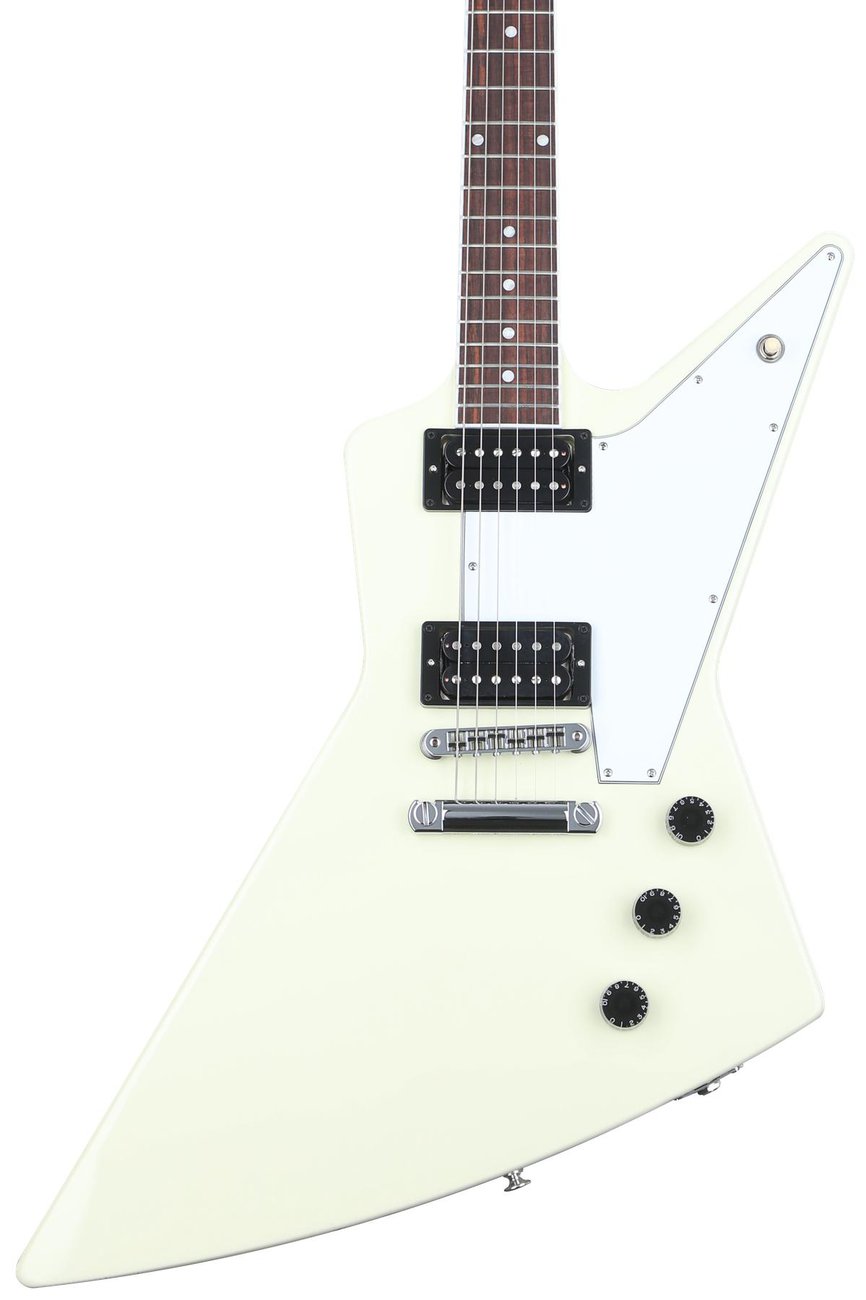

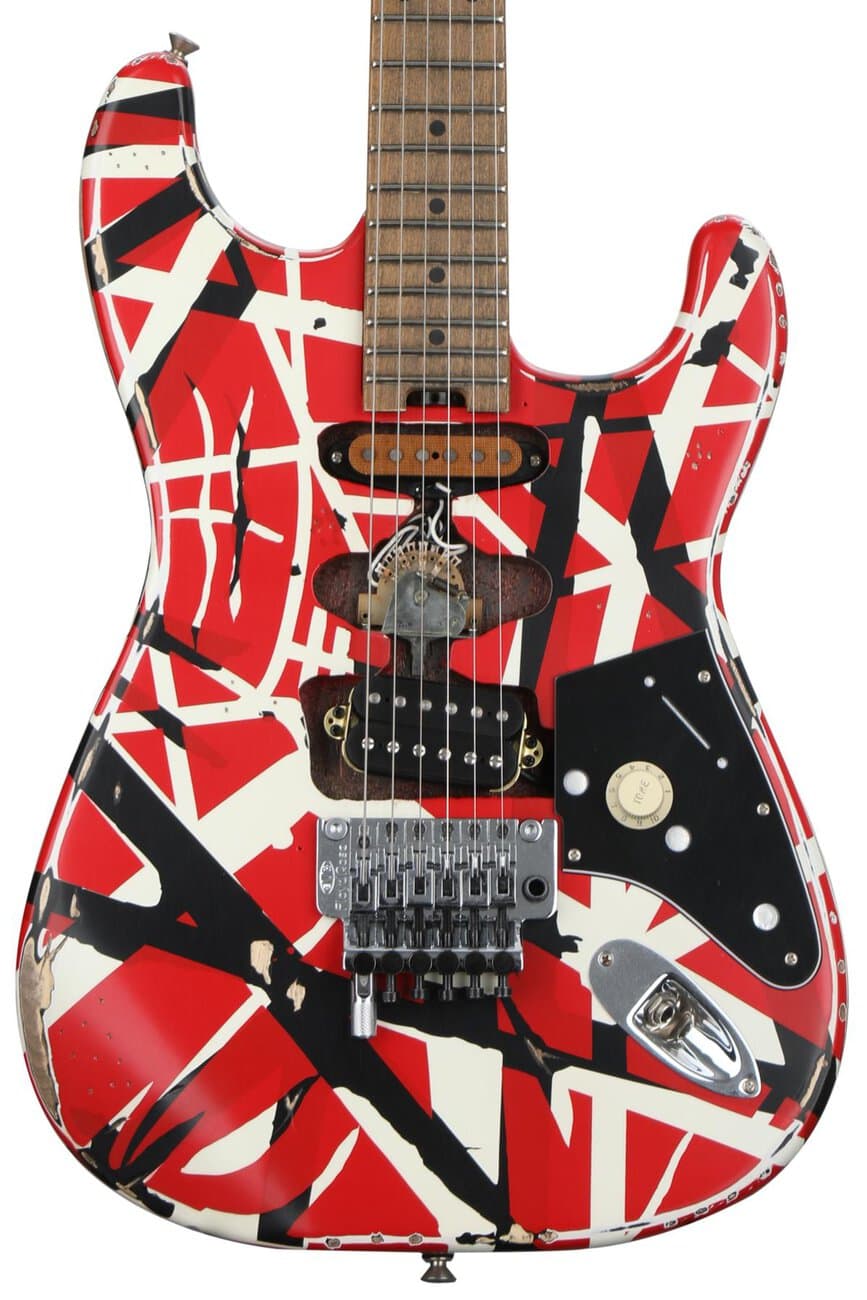




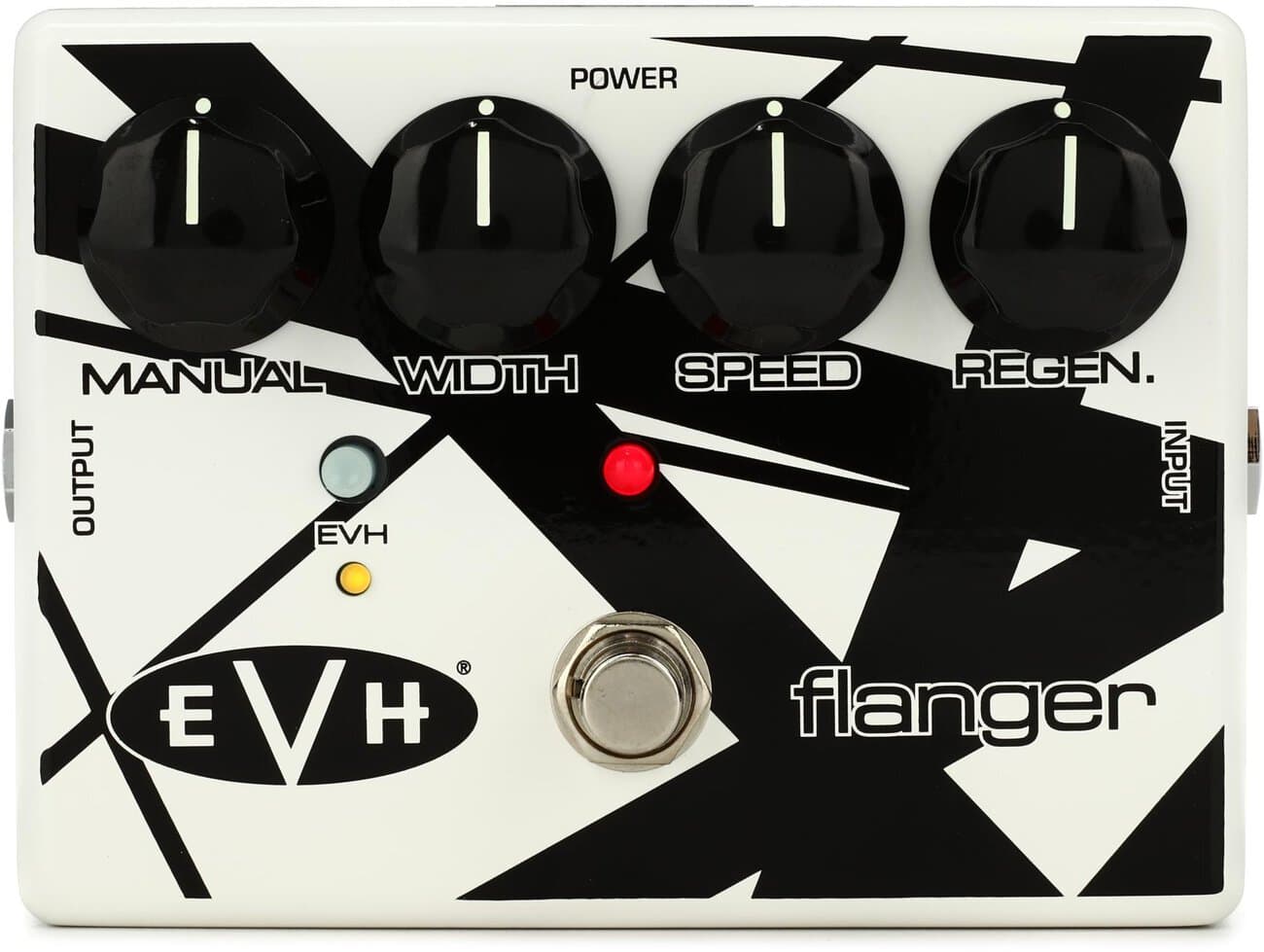
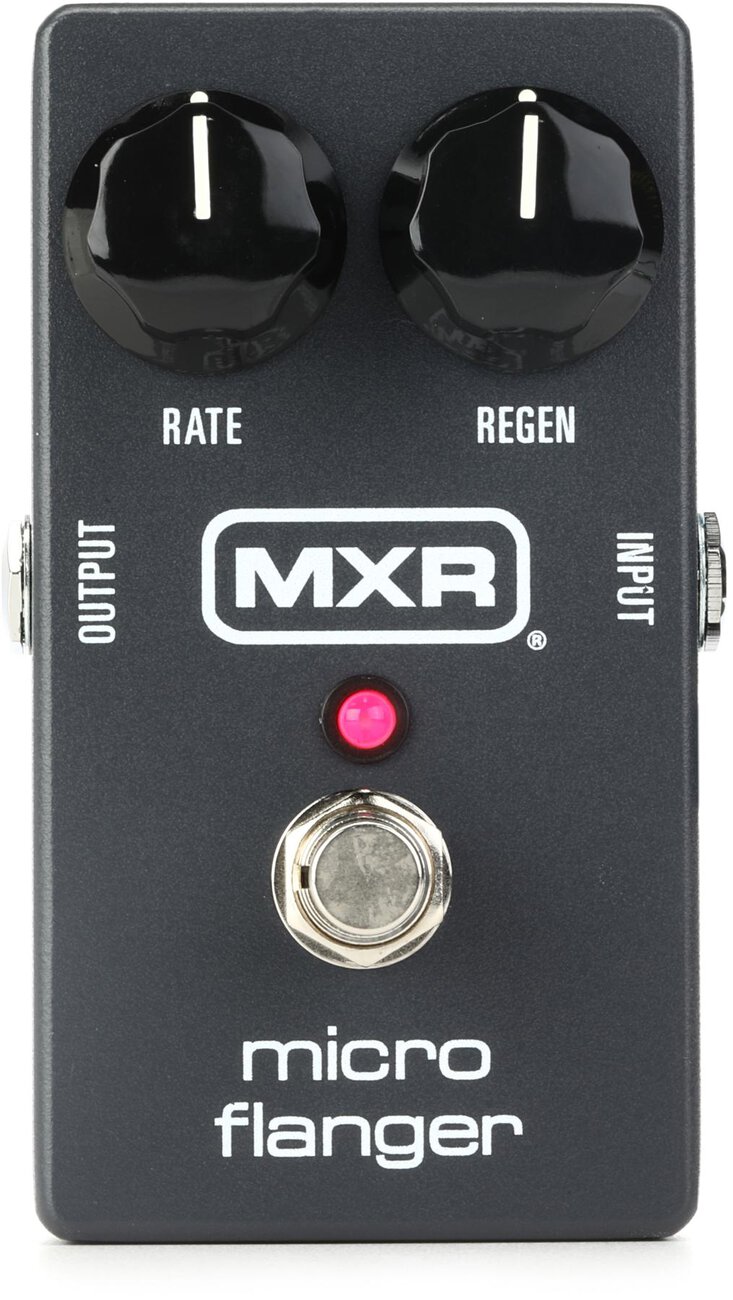
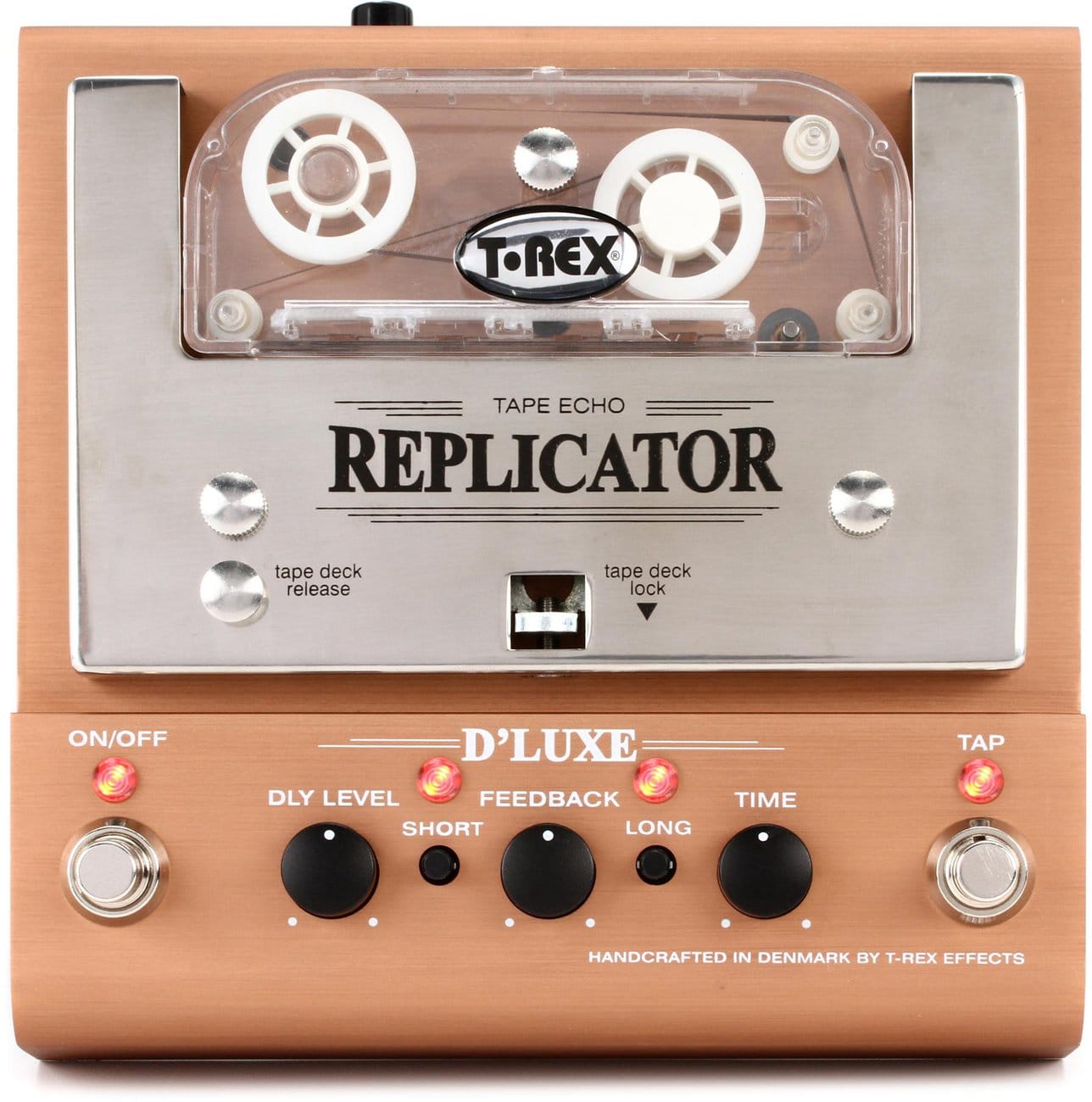


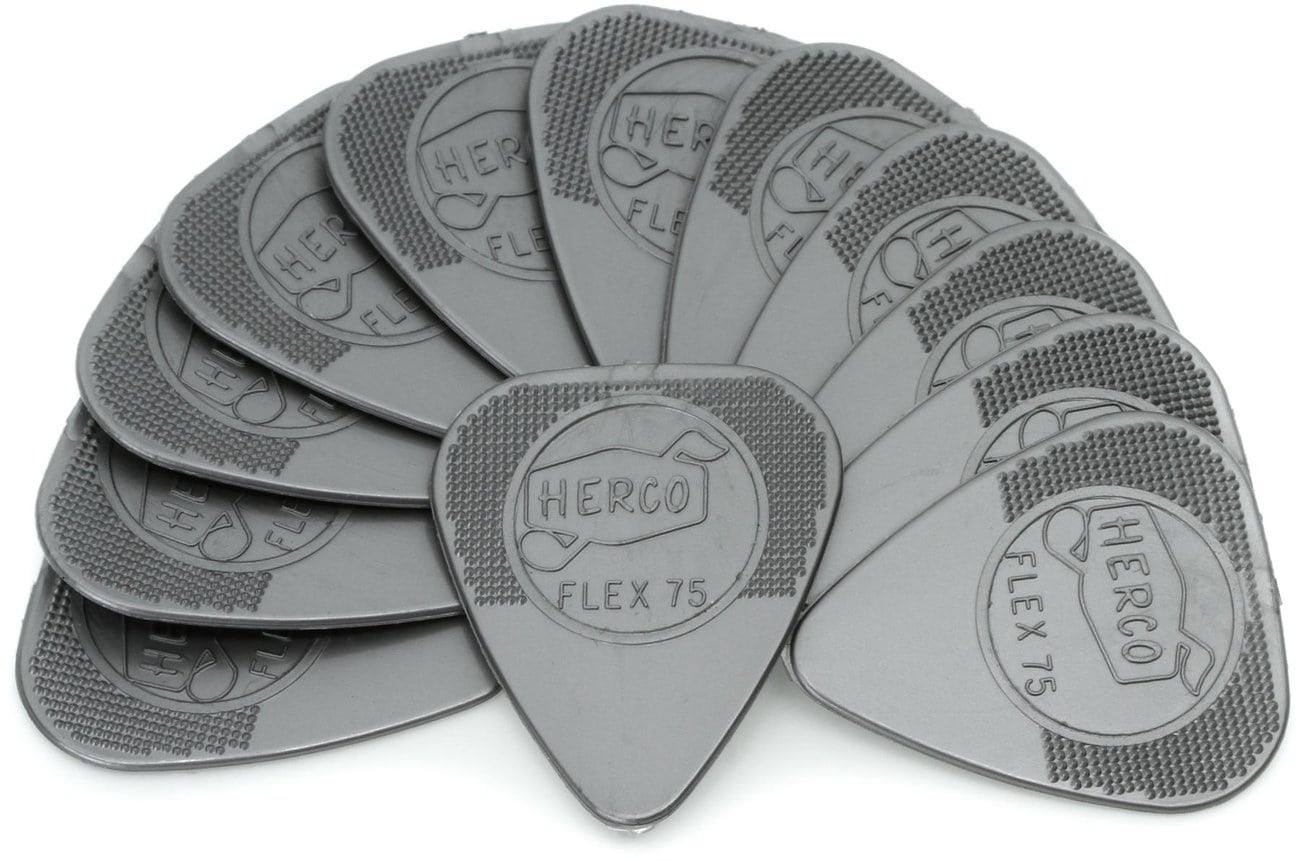

Spanish Fly and Eruption were the first tracks I ever listened to from Van Halen. Both blew me away. I think the year was 2008. One guitarist friend of mine (a huge Van Halen fan) sent me the tracks via Bluetooth. After that, I listened to both these tracks over and over again. Eventually, I realized that the amazing tapping section of Eruption is not hard to play and oh boy I had fun playing that. That’s how I got into tapping. Thanks for EVH. Hot for Teacher is 100% my favorite riff from Van Halen.
Beat it & Eruption are my favorite solos. Panama is my favorite song overall.
One of the most influential guitarists, especially when it comes to rock and metal. One of the most talented as well. Guitarists will always remember this guy. I’m sure I will. RIP.